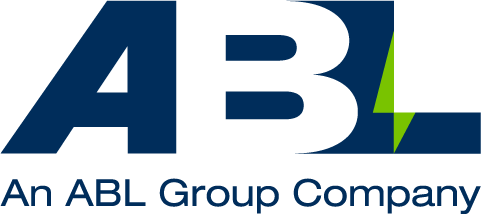Cargo Classification
In 2016, LOC investigated the analysis of cargo on behalf of sub-Charterers that was reported to be Group C (not likely to liquefy). It had suffered moisture contamination during loading. Instructed parties argued what the potential implications could be for the saturated cargo as it contained a proportion of finer particles. During discussions and inspection of the product, LOC’s Dr Harrison was able to ascertain that the cargo was, in fact, Group A cargo (defined as “likely to liquefy” in the IMSBC Code). The moisture content of the cargo was below the Transportable Moisture Limit (TML) and therefore fit for transport, however, the declaration of the product must be in accordance with the IMSBC Code requirements in order to be accepted for shipment. The producers agreed to revise their cargo declarations to Group A as a result of LOC’s investigation.
In our years of experience, we have carried out numerous surveys, inspections and audits on behalf of our clients; from a range of industries internationally. This made us perfectly placed to assist with the below classification issues.
Avoiding Cargo Liquification
The potential for cargo liquefaction can have devastating implications on ship stability due to cargo shift. When cargo that is comprised predominantly of fine particles appears wet at the time of loading and/or when free water appears in the hold, the shipping documentation and the condition of the cargo can arouse suspicion for the Master, the crew and the P&I Club. Especially in regards to the safety or fitness of the cargo for carriage by sea transport.
When a Group A cargo has a moisture content greater than the certified TML value, the cargo is not suitable for transport by sea. Historically many Group A cargoes have been wrongly declared; either by the shipping documents wrongly declaring the cargo as Group C in the absence of proper test certification or by improper sampling and testing procedures leading to invalid certificates.
Confusion can exist for shipments whose schedules appear as both Group A and Group C in the IMSBC Code. If cargo is suspected to have been misdeclared, determining its group is not always a straightforward process. Sound knowledge of the test methods is essential. Although Group C cargoes do not flow and therefore do not require the laboratory testing and certification that Group A cargoes require, samples are sometimes taken from ships during loading and sent for testing in order to validate a cargo declaration or a test certificate based on visual inspection.
Defining Cargo Classification
In a separate dispute, LOC provided advice to lawyers appointed by Charterers regarding the proper declaration for a cargo that was listed in the IMSBC Code as both Group A and Group C. The mechanical characteristics that determine the flow potential include the correlations of moisture content, density and other soil parameters to the liquefaction resistance of materials as tested in geotechnical engineering laboratories. LOC was aware that laboratory analysis can lead to delays for shipments and the additional costs can quickly increase if parties disagree on the sampling and/or testing methods for analysis.
In this case, LOC’s Dr Harrison maintained that the cargo was Group C (not likely to liquefy) which was supported by the subsequent laboratory tests. Appendix 2 of the IMSBC Code describes the test for the determination of moisture content and three test procedures for the determination of a TML value. A deep understanding of the expected soil behaviour under the different test methods and experience of the expected behaviour are required in order to understand the liquefaction potential of a cargo.
The results of extensive laboratory analysis on the mechanical properties of mineral ores are regularly prepared and presented at the IMO with the aim of inclusion in the International Maritime Solid Bulk Cargoes (IMSBC) Code. Proposals for new cargo schedules and modified test methods for mineral ores (such as iron, nickel, bauxite, coal, etc.) are reviewed by experts of geotechnical engineering, the study of soil behaviour, based on technical and editorial content. These scientific investigations are carried out in response to numerous disputes that arise in the shipping industry from claims of “wet” iron ore cargo that are reported to the IMO (International Maritime Organisation).
For more information regarding the sampling, testing and proper declaration of Group A or Group C cargoes, please contact Dr Aime Harrison.
Looking for help with a marine survey, inspection or audit? Get in contact with LOC.
[ninja_form id=6]
